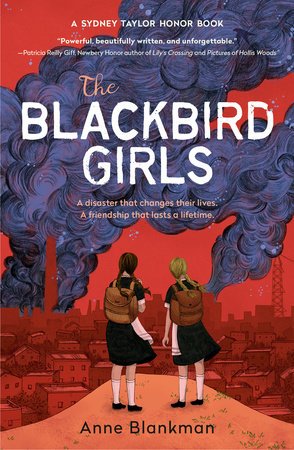
Writing With a Broken Tusk
Writing With a Broken Tusk began in 2006 as a blog about overlapping geographies, personal and real-world, and writing books for children. The blog name refers to the mythical pact made between the poet Vyaasa and the Hindu elephant headed god Ganesha who was his scribe during the composition of the Mahabharata. It also refers to my second published book, edited by the generous and brilliant Diantha Thorpe of Linnet Books/The Shoe String Press, published in 1996, acquired and republished by August House and still miraculously in print.
Since March, writer and former student Jen Breach has helped me manage guest posts and Process Talk pieces on this blog. They have lined up and conducted author/illustrator interviews and invited and coordinated guest posts. That support has helped me get through weeks when I’ve been in edit-copyedit-proofing mode, and it’s also introduced me to writers and books I might not have found otherwise. Our overlapping interests have led to posts for which I might not have had the time or attention-span. It’s the beauty of shared circles.


Guest Post: Ritu Hemnani on Lion of the Sky
“An exquisite, memorable story about new beginnings and the quest to belong.” That’s how Kirkus Reviews described Ritu Hemnani’s Lion of the Sky. It is a novel about friendship, set against the tormented backdrop of the 1947 Partition of India. Hemnani uses unrhymed verse, with all its lightness and white space, to tell a story with a weighty context and a deeply wrenching storyline. She pulls the challenge off with grace and sensitivity. From the beginning, and through the tumult that is to come, the story anchors us close to the child character, 12-year-old Raj, free as the wind, his most earnest hopes pinned on winning the Kite Festival. Read the opening of this poem, “Daring,” to see what I mean:
I fly/ through the fields of Sindh,/ of wildflowers and birdsong,/ my suthan pants flapping/ cool wind against my cheeks.

“History is Key.” Anita Kharbanda’s Lioness of Punjab
How is it that growing up in India, I never heard of the woman at the center of Anita Kharbanda’s Lioness of Punjab? In accounts of the Emperor Aurangzeb’s siege of the Anandpur Sahib gurdwara, her name was curiously missing, just another example of the erasure of women in 19th and 20th century accounts of the past.
Mai Bhago lived in the 18th century, refusing to fit the mold of a domesticated woman. Instead, she mastered the arts of war and took up arms against the Mughal Empire.

Unease and Interruption in Lincoln in the Bardo
At its opening, Lincoln in the Bardo by George Saunders feels disjointed, its many voices cutting in on one another, as if they’re keeping the reader from focusing on the promised tragedy and the story that has already taken flight. Then you realize it’s meant to feel this way. It operates somewhat in the way that history filters down to us in scraps of narrative from different points of view. Jangling, clashing, fighting for space.
You think, there’s a story here if I just relax and let it wash over me. Then you begin to see.

Chernobyl Revisited in The Blackbird Girls by Anne Blankman
In Pripyat, Ukraine, the citizens know an accident could happen at the power plant but they’ve been told that drinking milk and eating cucumbers will cure any radiation sickness that might result.
Fifth grade classmates Valentina Kaplan and Oksana Savchenko are not exactly friends, but now they’re forced into each other’s company by the sudden evacuation prompted by the hideous catastrophe of Chernobyl.

Colonial Connections in Saving Savannah
Tonya Bolden’s YA novel, Saving Savannah, is set at the end of WWI. It’s a meticulously documented novel, the story of 17-year-old Savannah Riddle who finds herself rebelling against the elite Black Washington DC society of her parents.

Process Talk: Rita Williams-Garcia on A Sitting in St. James
Once in a while you find a book that makes you stop and reread passages for the power of their words.
